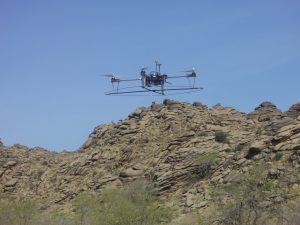While circumnavigating Iceland last year, I got an interesting inquiry from Gizmodo. Would I like to contribute to their Giz Asks section on travel? The prompt was: “What’s the furthest you can get away from technology (without going into space or burrowing into the earth)?”. I have no idea how they found me, but the idea of writing for a fairly popular website was appealing, so I tapped out the short essay below on my phone while Tori took the helm through The Westfjords. Unfortunately, Gizmodo never actually published this, but I liked the writing well enough to share here.
As the world has flattened, technology has infiltrated nearly every corner of the globe. While backpacking through West Africa 15 years ago, it was hard to hold up my end of the bargain to email my family once a week. Internet connectivity was a luxury reserved for the capital-dwelling bourgeoisie, leaving vast swaths of the Sahel off-the-grid. Today, I am writing this from a campground on Breiðafjörður Bay, situated in one of most remote regions of Iceland, a Facebook message away from my Senegalese friends from 15 years ago who now, of course, all carry smartphones.
That said, pockets of technological wilderness do still exist. South Pacific islands hiding behind unfavorable trade winds, swaths of Canadian tundra fortunate enough to be devoid of natural resources, and the like immediately come to mind. However, I believe that these places really don’t count because they are missing both the tech and the people who might use it. I would define a true technological desert as an inhabited place that has not yet been seduced by the siren song. Ironically, I discovered such a place while working on the project that launched my career in tech.
Ikh Nart Nature Reserve is situated eight-hours by train and another six by car from Ulaanbaatar, the capital of Mongolia. Hundreds of miles of desolate steppe and Gobi Desert separate the park from the nearest hard-wired internet connection. Soviet-era UHF radios still serve as the means for long-distance communication. Mongolians living in the park and its environs make do as they have for generations. Modern building technology is forsaken for mobile gers that can move with the seasons and the weather. Entertainment comes from traditional games, DIY basketball courts, and the ubiquitous satellite TV dishes siphoning programming from Russian or Chinese comm sats. Mongolian researchers navigate the park by memory and by map. Power flows from small arrays of PV cells and heat from whatever combustible material might be laying around. And remarkably for this discussion, none of the nomadic Mongolians seem to want to move to Ulaanbaatar. I saw no pressing urge to embrace technology. By all outward appearances, the Mongolians on the steppe were healthier and happier than those in the capital and they knew it.
But what do I know? I haven’t been back in five years and the world does move awful fast. As you read this, nomadic Mongolians may well have replaced their gers with trailers prefabbed by some San Francisco company disrupting herding and their goat-finding intuition with IoT collars beaming locations to their smartphones.
Our early quadcopter exploring the technological desert that is the Gobi.
